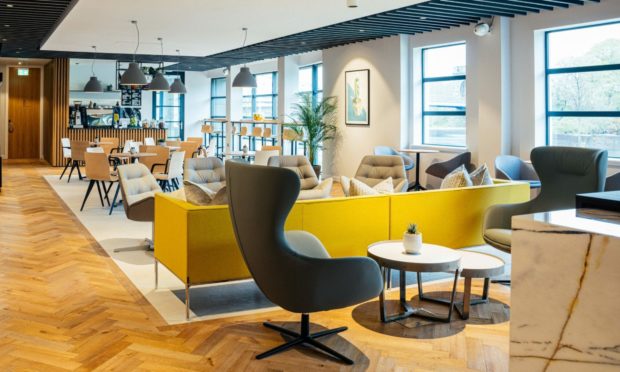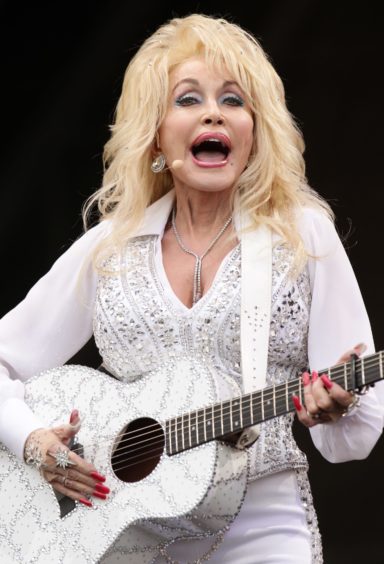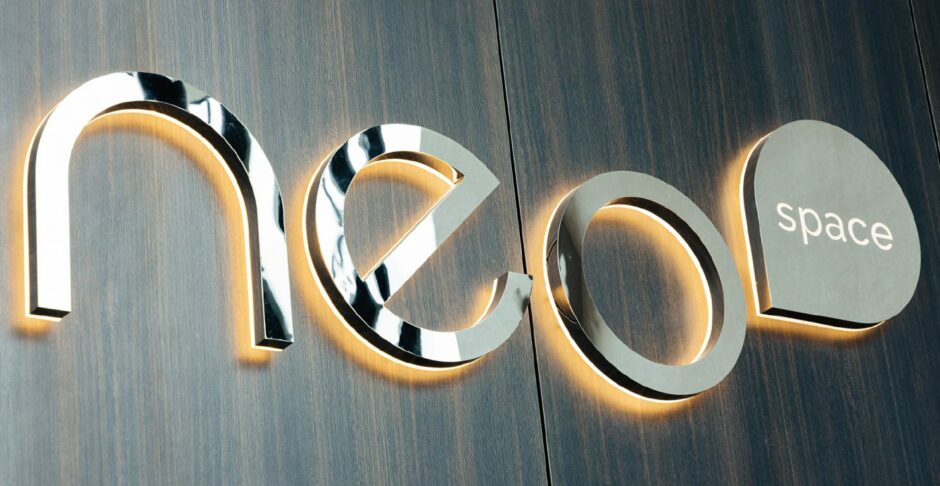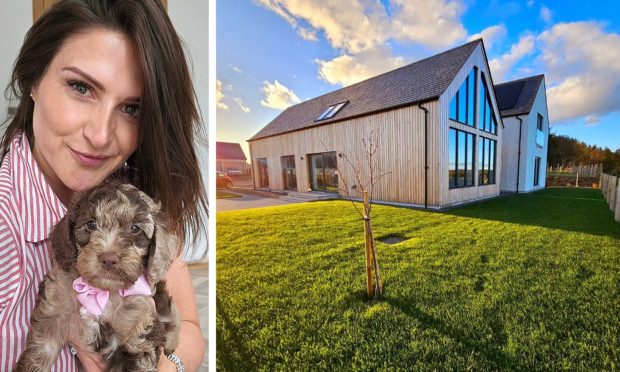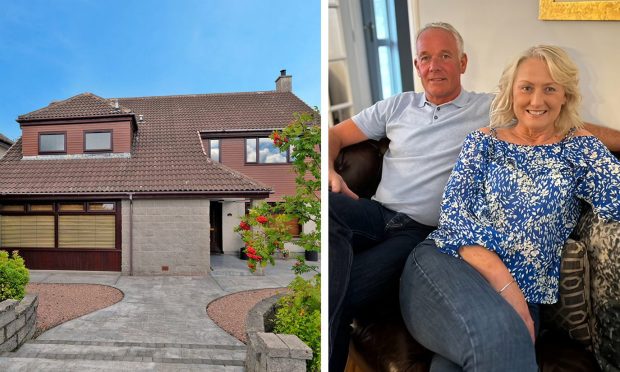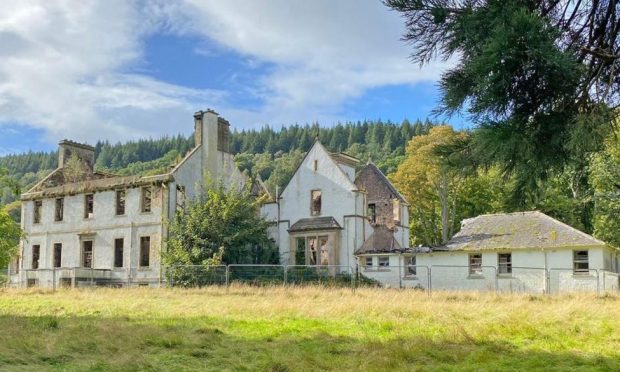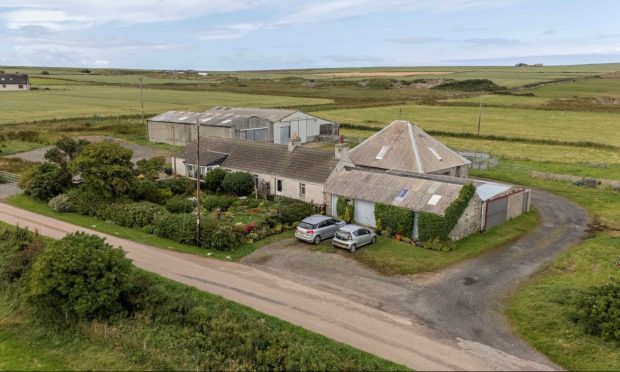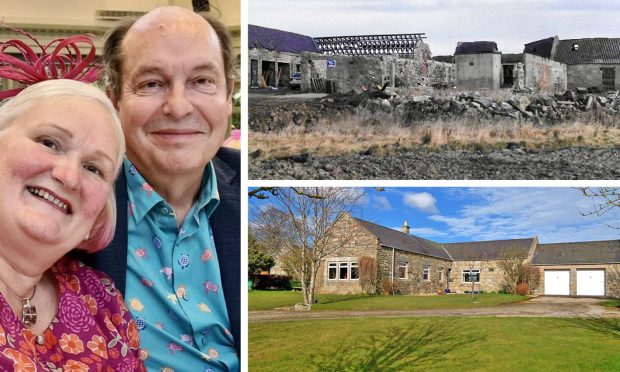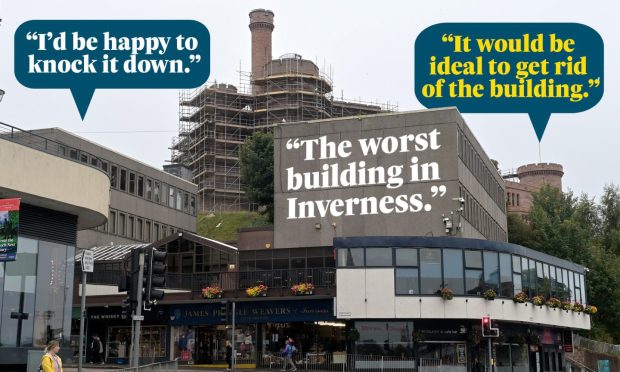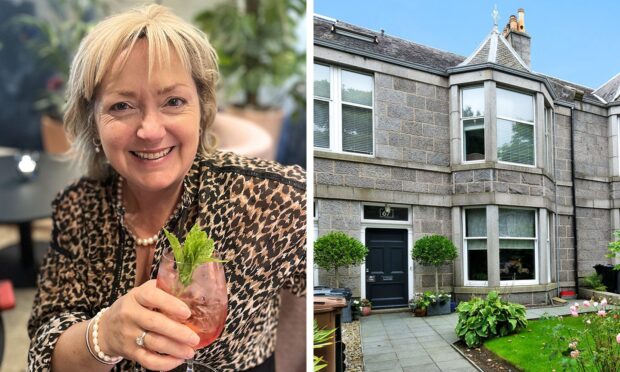As many of us prepare to head back to the office after 18 months of working in our slippers at the dining table or spare room, the concept of sitting at a desk from nine to five no longer looks to be the way to make a living – as Dolly Parton once sang.
In the aftermath of Covid, people are reassessing what really works for them. For many, the switch to remote working was a lightbulb moment, allowing for a better work-life balance, more family time and greater flexibility.
Over the past year, no area has undergone more rapid transformation than the way we work.
Employee expectations are changing and this is redefining the old productivity model, where long hours often masked burnout and mental health problems.
Collaboration, wellbeing and flexibility could be the answers to a better way of working that will underpin the nation’s recovery – making coworking the space to watch in a post-Covid world.
For those less familiar with the coworking concept, the phrase might conjure up a stock image of cool young people tapping away on their laptops – but coworking is about much more than trendsetting.
Diversity is the new norm
The idea of diverse working communities that generate their own unique cultures, where people come and go at all times of the working day, is fast becoming the norm.
Yet coworking has been with us for a while. Ever since the last recession ramped up the number of freelancers and contractors, coworking hubs have been on the rise, occupying a niche space of the commercial market.
In 2019 the market for flexible workspace was worth an estimated £19 billion – but 2021 is the year coworking could go viral.
Some of the UK’s biggest employers, including some here in Aberdeen, have already said they don’t plan to bring staff back to the office full-time.
Companies such as Capita, Deloitte, Lloyds, HSBC and Metro Bank have closed many of their offices and introduced flexible, hybrid working – a mixture of home and office working – around a hub-based model.
This approach has seen a significant increase from corporates making use of coworking spaces to accommodate remote satellite teams and workers.
Fit for the future
Coworking spaces are typically kitted out with high-tech meeting rooms, high-speed internet and printing facilities.
Companies can sign up for short-term memberships, giving them access to a flexible range of office services and ensuring that all workers are given the tools they need to equally contribute.
And unlike a traditional office, coworking members can work for a range of different companies, venture and projects, generating a unique creative energy and a rapid exchange of ideas.
A lack of direct competition and/or internal politics mean people don’t feel they have to put on a work persona to fit in.
Different vibe
These spaces are about creating an inviting, collaborative, community vibe, where people feel they belong without having to conform.
Remote working has created new job opportunities, offered more personal time and provided options for whether or when to commute.
But there are also challenges ahead and digital exhaustion is a real threat.
Scottish land use issues in the spotlight
Vehicle hire firm Redde Northgate looks to drive growth at new premises
For young people in particular, the social aspect of work can be something they miss out on with the working from home model.
Coworking spaces are evolving to also incorporate cafes, coffee bars and gym facilities that allow members to take a break and rest during the working day.
Such facilities, which we offer at Neospace, also increase the social interaction and natural networking potential.
Neospace launched its flagship centre on Riverside Drive, Aberdeen, in May, offering a flexible work-rest-play space solution under one roof.
We’ve seen companies looking to downsize, go remote or have flexible options, allowing them to bring their teams together to collaborate, meet and work on projects but with the flexibility to drop desks as and when the need arises, all while keeping company culture alive and with a level playing field for all employees.
Flexibility, varied hours, hybrid working and coworking to suit both employers and employees are here to stay. Someone better tell Dolly.
Ian Minor is chief operating officer at flexible workspace facility Neospace in Aberdeen.
